The deadlift is one of the most powerful exercises you can do for building strength and muscle. It works your legs, back, and core, making it a fantastic exercise for building overall strength and resilience.
Why is the Deadlift Both a Back and Leg Exercise?
The deadlift is a special exercise because it combines two primary movement patterns:
-
Squat Pattern (Knee-Dominant): Quadriceps dominant.
-
Hip Hinge Pattern (Hip-Dominant): Hamstrings, glutes, and lower back dominant.
Because it combines both patterns, the deadlift is a true compound exercise that works multiple muscle groups at once. Let’s break it down.
Deadlift Muscle Activation
Leg Muscles
When performing a traditional deadlift, your legs are responsible for lifting the weight. The main muscles involved are:
-
Quads: Straightening your knees to lock out the lift.
-
Hamstrings & Glutes: Lifting your hips to stand up with the weight.
Back Muscles
Your back muscles are responsible for supporting and stabilizing your posture throughout the lift.
-
Erector Spinae: Preventing your lower back from rounding and collapsing.
-
Trapezius (Traps): Stabilizing your shoulders and arms under heavy loads.
Deadlift Variations and Targeted Muscles
Different deadlift variations change the emphasis on muscle groups, helping you decide where to place them in your training:
1. Romanian Deadlifts (RDLs)
RDLs are a great exercise for targeting the lower back, hamstrings, and glutes since they involve less knee extension. If you’re short on back day, RDLs are a great substitute.
2. Trap Bar (Hex Bar) Deadlifts
Since the weight is closer to your body, trap bar deadlifts emphasize the quadriceps and glutes. This makes them an excellent choice for leg day.
3. Sumo Deadlifts
A wider stance on the deadlift highlights the hip adductors, glutes, and hamstrings. Since sumo deadlifts often involve a more upright torso, they can be easier on the lower back, making them a great choice for leg day.
How to Structure Deadlifts in Your Training: Key Factors to Consider
Where you place deadlifts in your training split depends on your current split, goals, and the variation you’re doing.
Muscle-Based Training Splits
-
Leg Day: Conventional, trap bar, or sumo deadlifts work well for leg day since they emphasize the quadriceps and hips.
-
Back Day: RDLs and traditional deadlifts are better suited for back day since they target the erector spinae and traps.
Movement-Based Training Splits
-
Pull Day: Deadlifts work well here since they are a pulling exercise.
Tips for Building a Successful Deadlift
-
Beginners: Start with Deadlifts First: You want to be at your best and most focused for deadlifts, so try to do them early in your workout routine.
-
Proper Warm-Up: Make sure to warm up your legs and back before attempting heavy deadlifts. Use warm-up sets to work on the movement pattern and get your muscles ready.
-
Control is King: Form is much more important than weight when it comes to deadlifts. Take your time and focus on lifting with control to avoid injury and maximize results.
Final Thoughts
The deadlift is a versatile exercise that can be worked into nearly any training split. If you haven’t already, it’s time to give it a spot in your routine – your legs and back will thank you.
Be flexible with your programming and adjust based on your goals. Whether you choose to do deadlifts on leg day, back day, or pull day, it’s a must-have exercise for building overall strength and resilience.





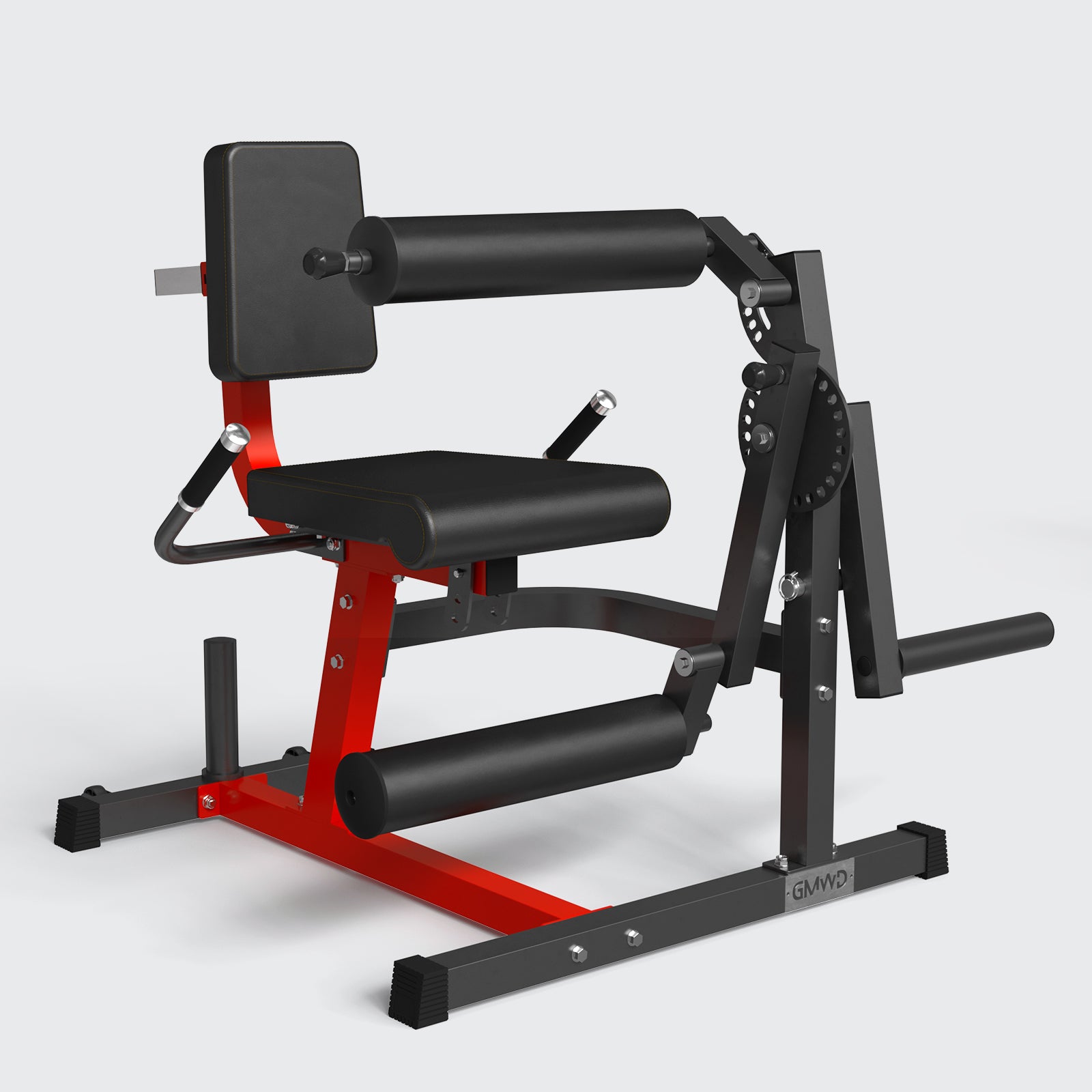


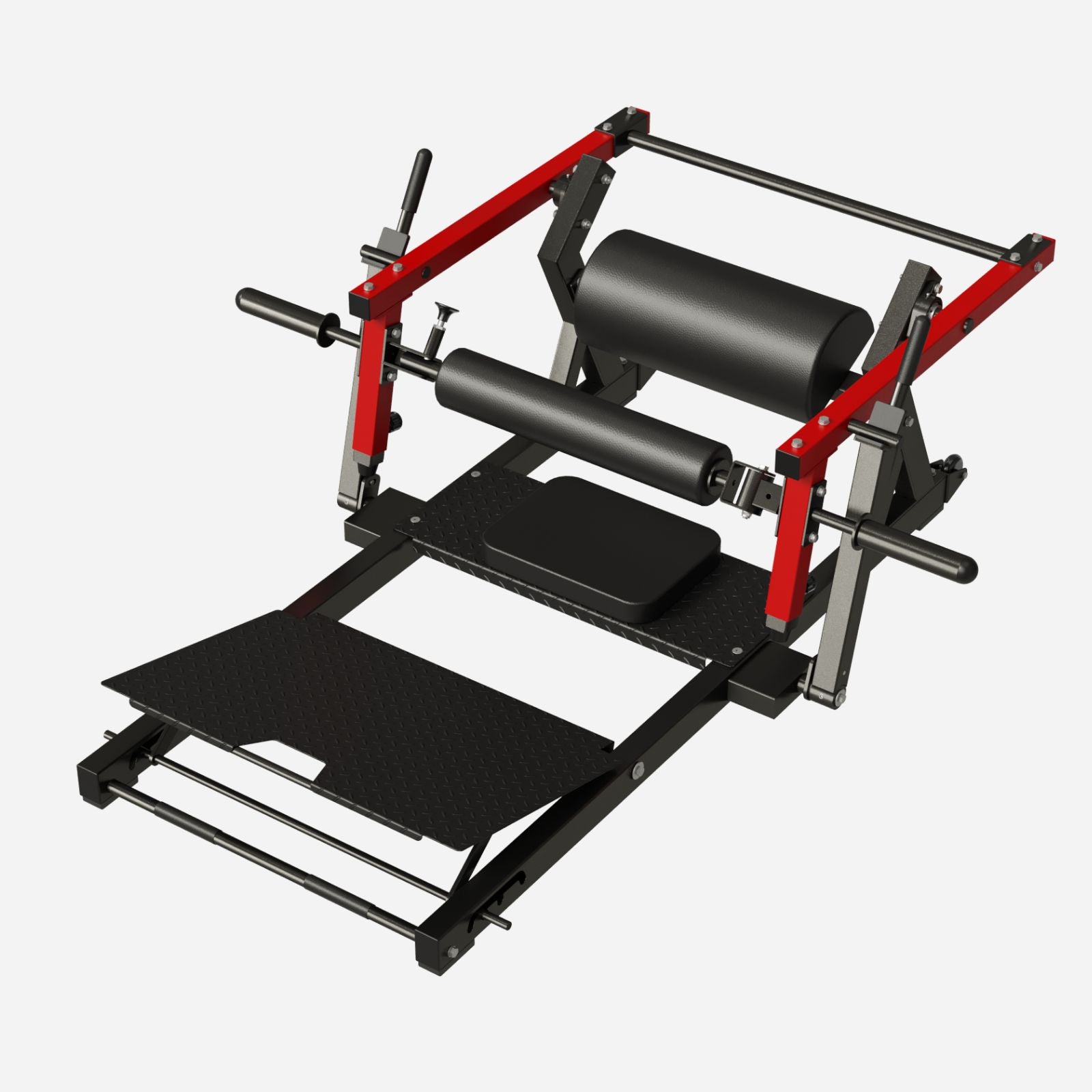







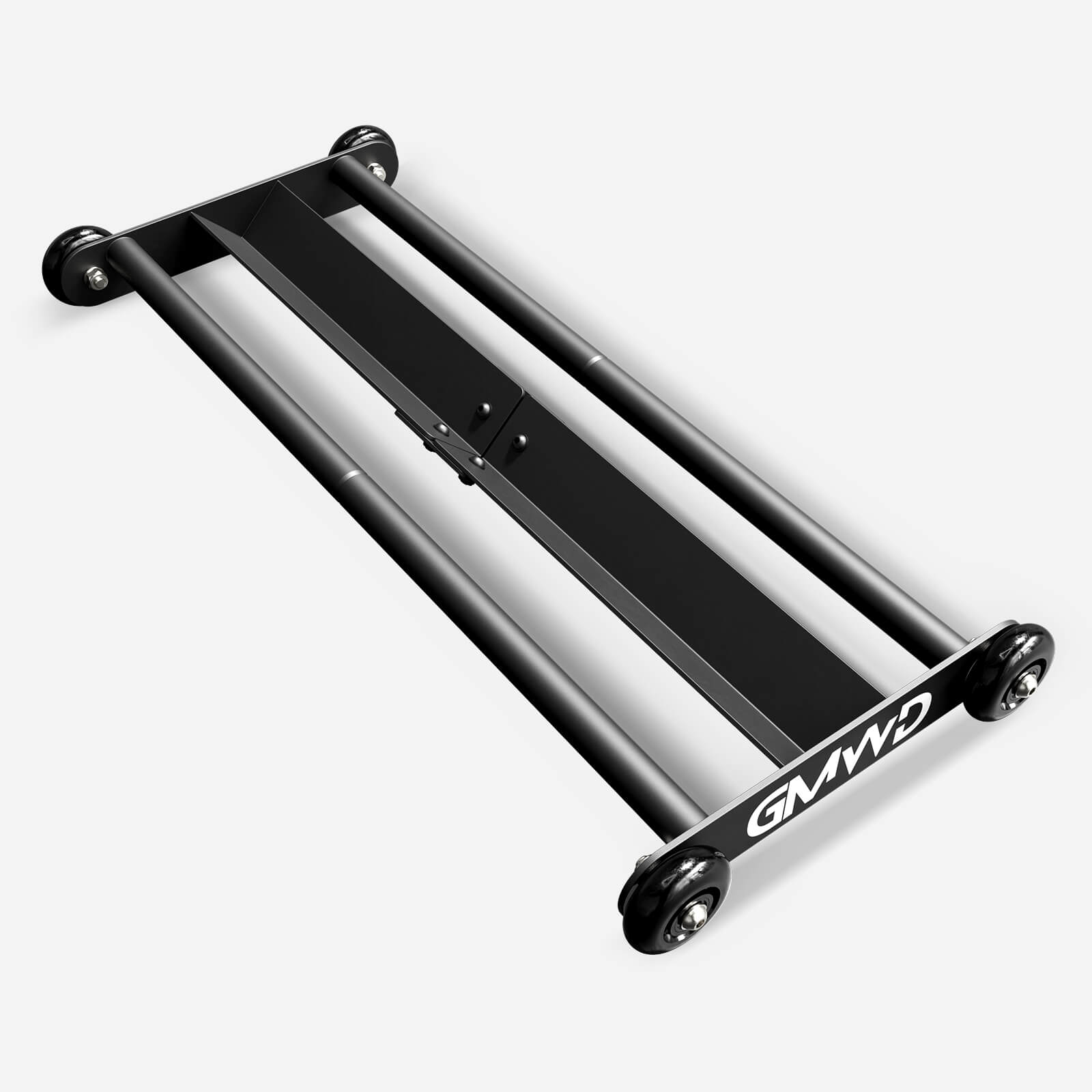









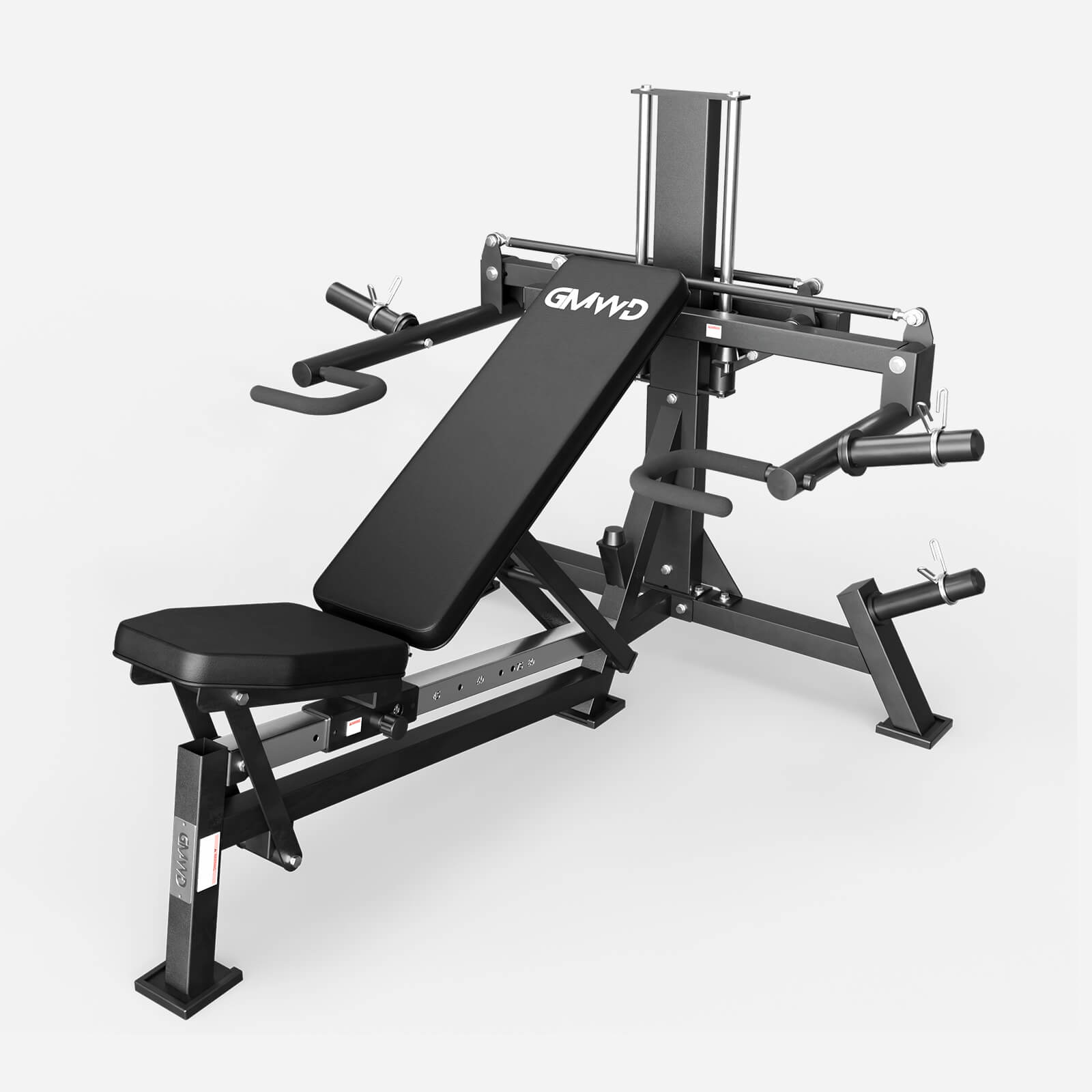




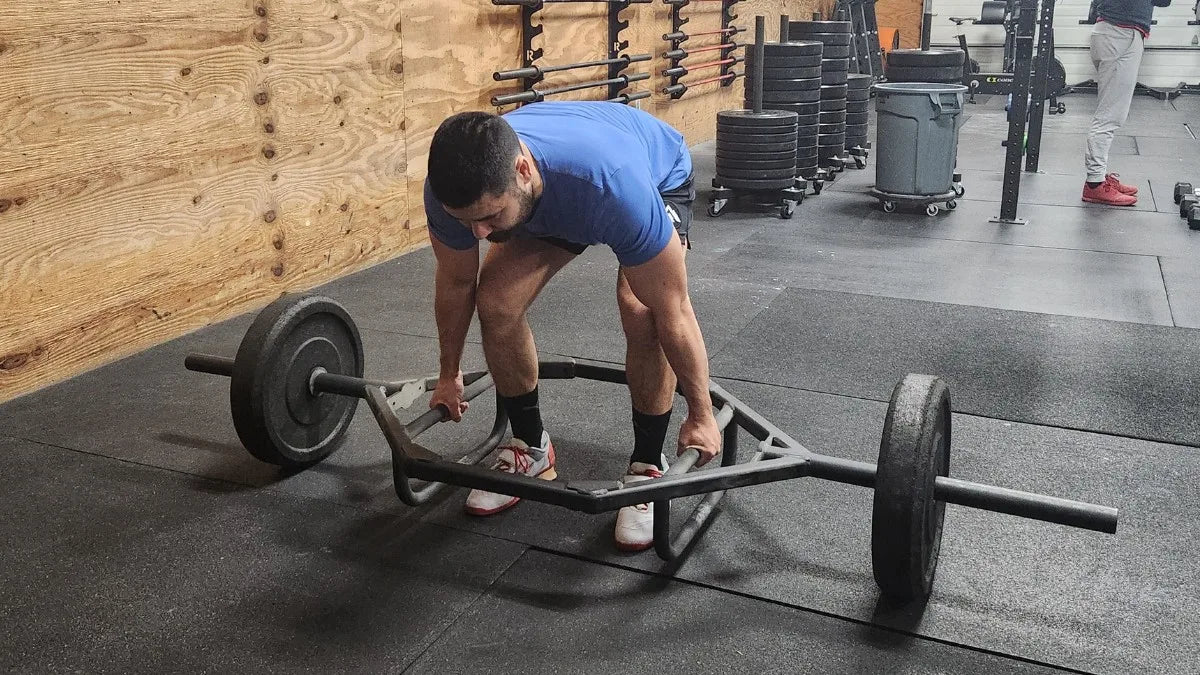

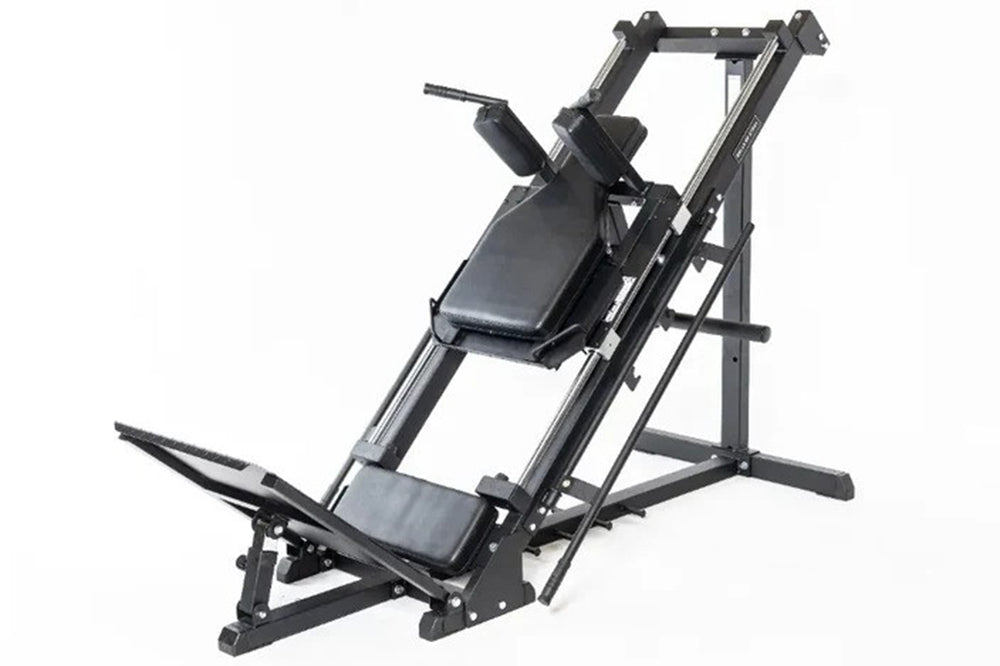
Leave a comment
All comments are moderated before being published.
This site is protected by hCaptcha and the hCaptcha Privacy Policy and Terms of Service apply.